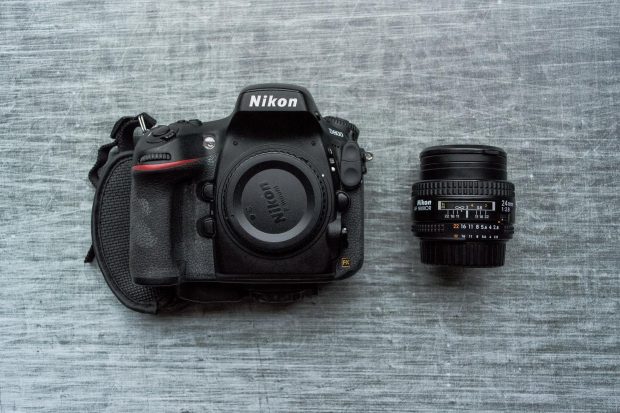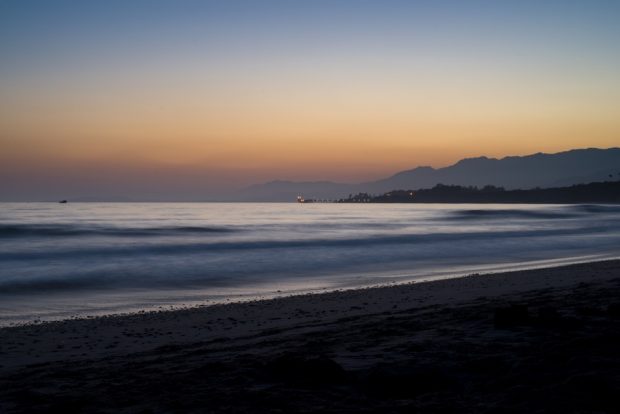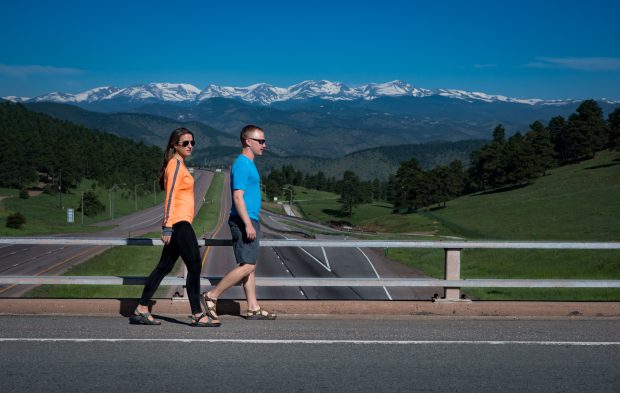The majority of all my shoots take place in the Rocky Mountains or forests nearby but I’m not looking for amazing landscapes to capture or searching for wild animals to snap. As a visual storyteller for adventurous brands I have one goal when I get outside for a shoot, to tell stories about the products these brands sell. My job is to capture products, on and off the body in a way that relates to the brand and speaks to their audience. It’s easy enough to say that’s the goal but orchestrating these images is no easy task. I don’t believe that the gear makes the photographer (just as the brand of oven doesn’t make the cook) but without the basic tools, capturing the story you want to tell becomes impossible. So here you have it, one storyteller’s go-to adventure ready gear when I’m out in the field.
My essential adventure ready gear
It all starts with your camera and lenses. I shoot all Nikon, a brand passed down to me from my Grandfather. The Nikon D800 is my go to camera with a light-weight D7100 (cropped sensor) as a backup. Having the option of a lighter-weight camera is great for hikes that are long and far. Along with these cameras I bring a 24mm, 50mm, 85mm, and 70-200mm lens. The 50mm and the 85mm being my go to lenses for pretty much every shoot. While the 24mm lens provides a way to tell more of a story by broadening the frame it adds the most distortion making it useful for only some shots.

© Katie Leigh Photography

© Katie Leigh Photography
The 85mm lens is my all time favorite. This lens allows less distortion when you’re taking photos of people and compresses the photo so that the background doesn’t feel quite as far away as it does with a 24mm.

© Katie Leigh Photography

© Katie Leigh Photography
When the area is tight and there isn’t enough room for me to get back and take a photo I’ll break out the 50mm. The 70-200mm will come out when I’m looking for detail shots or have plenty of room to back up and capture the scene.
With my camera and lenses in hand I need something to carry it all and this is where I got creative. After having bought a few different camera bags and researching the different types of camera backpacks out there, I decided to go with something different. While camera backpacks from companies like F-stop gear are high quality and protect your gear, they miss out on some of the features you need for long day hikes, like the ability to carry more than a small bottle of water. I look for a few basic things in a backpack; something that provides comfort and distributes weights so that it’s not all on my shoulders. Ideally the majority of the weight should be on your hips. It needs to be able to hold a water bladder like a Camelback, have plenty of storage room, including a main compartment for my camera and lenses, side pockets for small accessories and snacks and of course something that will protect my gear from the elements. I use a purple Osprey bag (which has a lifetime warranty on it) along with a Tenba BYOB 13 inch Insert.

© Katie Leigh Photography
The benefit of using an insert is that I can leave my backpack at a rest spot while we explore the area and just take my Tenba BYOB. With adjustable dividers outside pockets and a zip top it provides more protection for my gear (and the perfect case to take to the beach and keep salt, water and sand away). These two bags together have changed the game for me and allow me to go further on adventures without getting tired so fast. The only downside is it takes longer to get your camera out. If you’re shooting wildlife, this could be a huge problem but most of my images aren’t time sensitive making it something I’m willing to sacrifice for all the other benefits that come with it.
One sacrifice I’m not willing to make comes with light. Light is the main character in the stories I tell. It directs the mood, highlights the products, and pretty much does all the work, so manipulating it is key! I bring along 3 tools to every shoot to help manipulate light – a SB-800 Speedlight, a 5 in one reflector and diffuser, and my favorite a Tiffen Pro100 Series filter 1.2 (4 stops).

© Katie Leigh Photography

SB-800 Speedlight used to capture pops of light – © Katie Leigh Photography


Tiffen Pro100 Series filter 1.2 (4 stops) – © Katie Leigh Photography
These tools will change your light by redirecting it, softening it, adding to it or taking away from it. When I first started out in photography, I only wanted to shoot natural light with few modifiers, it was more out of fear than the sake of the art. Once I learned more about light, it’s power and importance in photography and storytelling I can’t learn enough about it. I love experimenting with and embracing it. Your photos will go so much further once you learn all the aspects of light and then choose how you want to use it.

© Katie Leigh Photography
Of course there are often other accessories I’ll bring along for adventures, extra batteries (make sure they’re fully charged!), CF cards, a soft cloth to clean a lens if necessary, a very basic extremely light weight tripod. Great for getting long exposures of water or the sky as the sun is setting. And last but not least a good adventure buddy. Because capturing adventures is always better when you’ve got someone to share it with.


